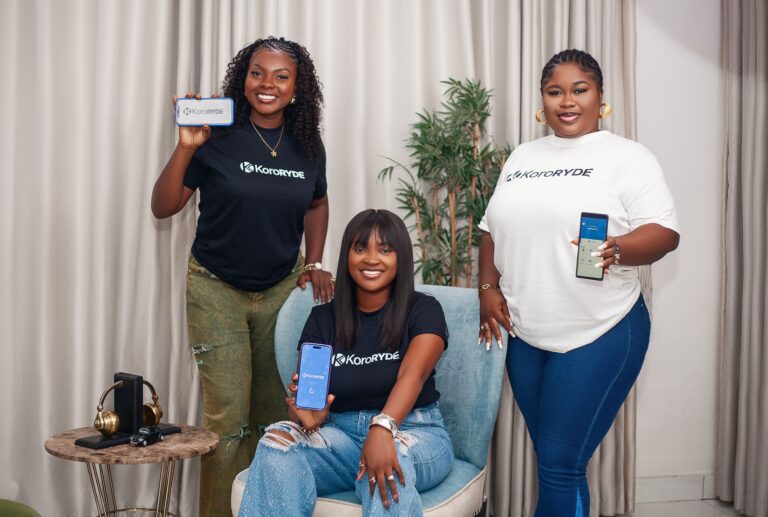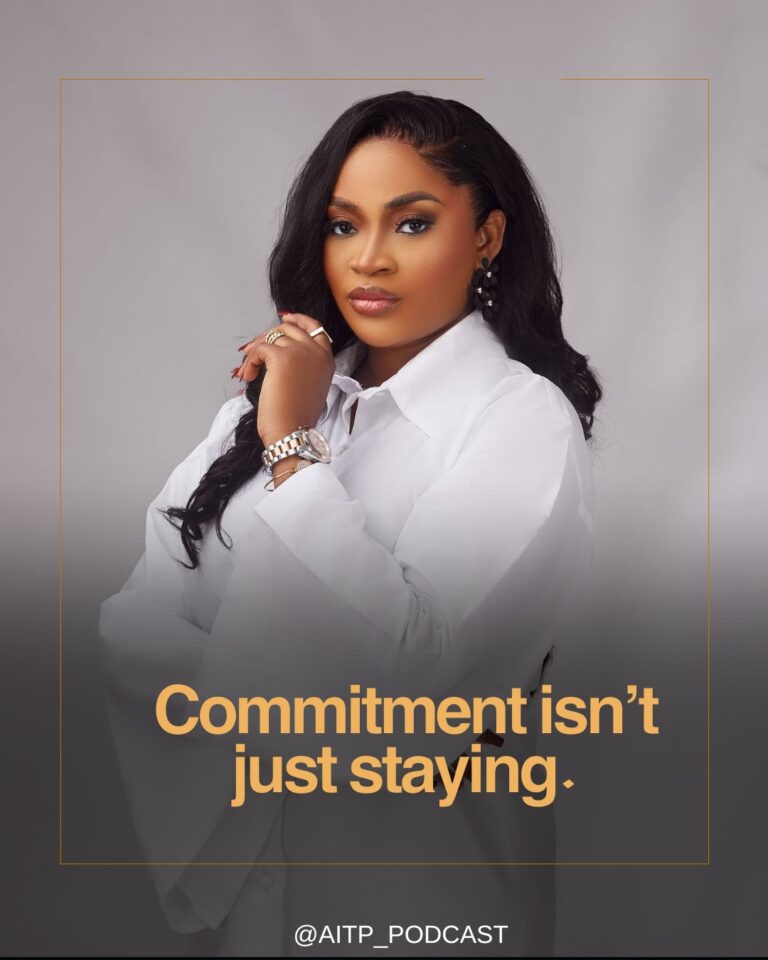
Series: How to Succeed as a Content Creator by Kehinde Olagbenjo
Introduction to Content Creation
What is Content Creation?
Content creation is the process of generating ideas and producing material that appeals to a target audience. This material can take various forms, such as text, images, videos, audio, and interactive elements, and is distributed across different platforms. The primary goal of content creation is to engage, inform, entertain, or inspire an audience, ultimately driving interaction, growth, and loyalty.
The Importance of Content Creation
1. Audience Engagement: High-quality content helps attract and retain an audience by providing valuable and relevant information. Engaging content keeps your audience coming back for more.
2. Brand Building: Consistent and well-crafted content helps establish and strengthen your brand identity. It allows you to communicate your values, mission, and personality to your audience.
3. SEO and Online Visibility: Content creation is a key component of search engine optimization (SEO). Regularly updated, optimized content improves your website’s visibility in search engine results, driving organic traffic.
4. Authority and Trust: By sharing knowledgeable and helpful content, you position yourself as an authority in your niche. This builds trust and credibility with your audience.
5. Lead Generation and Conversion: Content can be a powerful tool for generating leads and driving conversions. Informative and persuasive content guides potential customers through the buyer’s journey.
Overview of Different Platforms
1. Websites and Blogs: These are foundational platforms for content creators. They provide a space for long-form articles, how-to guides, and other written content. Blogs are particularly effective for SEO.
2. Social Media: Platforms like Facebook, Instagram, Twitter, LinkedIn, and TikTok allow content creators to reach a broad audience. Each platform has its unique style and demographic, making it essential to tailor content accordingly.
3. YouTube: As the second-largest search engine, YouTube is ideal for video content. It supports a wide range of video types, including tutorials, vlogs, reviews, and more.
4. Podcasts: Audio content is growing in popularity, with podcasts offering a platform for in-depth discussions, interviews, and storytelling. They are accessible on platforms like Apple Podcasts, Spotify, and Google Podcasts.
5. Email Newsletters: Email remains a powerful tool for content distribution. Newsletters can keep your audience updated with your latest content, offers, and insights.
6. Live Streaming: Platforms like Twitch, YouTube Live, and Facebook Live allow real-time interaction with your audience. Live streaming is great for Q&A sessions, live events, and spontaneous content.
7. Online Communities and Forums: Platforms such as Reddit, Quora, and niche-specific forums provide opportunities for content creators to engage in discussions, share expertise, and build a community.
Types of Content
1. Articles and Blog Posts: These provide in-depth information, tutorials, and insights on various topics. They are essential for SEO and long-term engagement.
2. Videos: Ranging from short clips to long-form content, videos are highly engaging and shareable. They can include tutorials, vlogs, product reviews, and more.
3. Images and Infographics: Visual content is crucial for grabbing attention and making complex information digestible. Infographics are particularly useful for data visualization.
4. Podcasts: Audio content is convenient for listeners who can consume it while multitasking. Podcasts can cover a wide range of topics through interviews, discussions, and stories.
5. Social Media Posts: These can include text, images, videos, and interactive content tailored to each platform’s format and audience.
6. E-books and Whitepapers: Longer, in-depth content that provides significant value. These are often used as lead magnets to collect email addresses.
7. Webinars and Online Courses: Educational content that provides detailed knowledge and skills on specific topics. These can be live or pre-recorded.
8. Interactive Content: Quizzes, polls, and interactive infographics engage the audience in a participatory manner, often leading to higher engagement rates.
By understanding the fundamentals of content creation and the variety of platforms and content types available, aspiring content creators can effectively plan and execute a successful content strategy.
“TLIG Studio is here to support all your content production needs. Whether you’re a content creator, pastor, inspirational speaker, or have other creative projects, take advantage of our studio to bring your vision to life.
For more information, call +2348179457805, +2348155601384, or +2349072679044, or
Studio Address:First Floor, Oluwalogbon House, Plot A Obafemi Awolowo Way, Alausa, Ikeja, Lagos.”
#media #production







